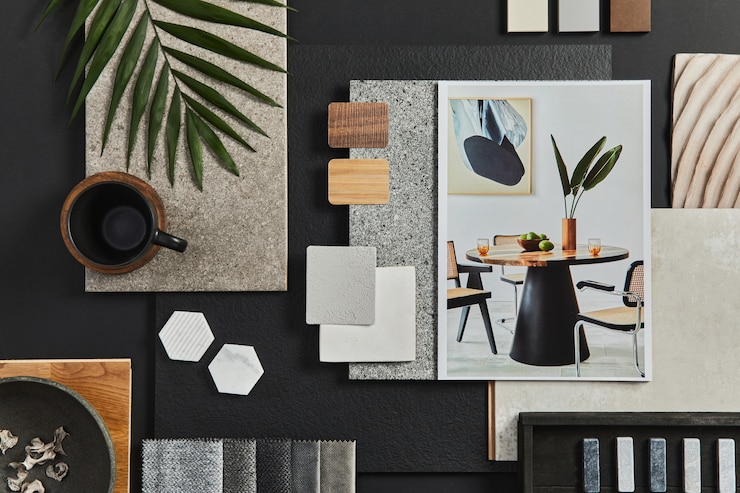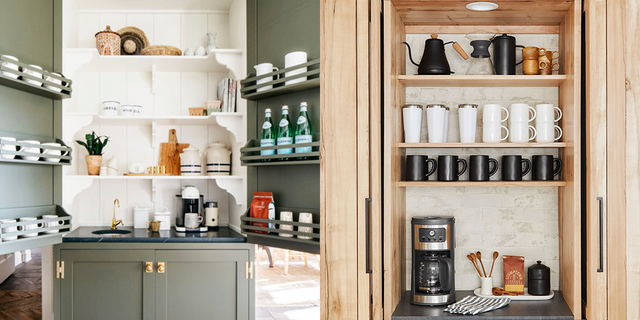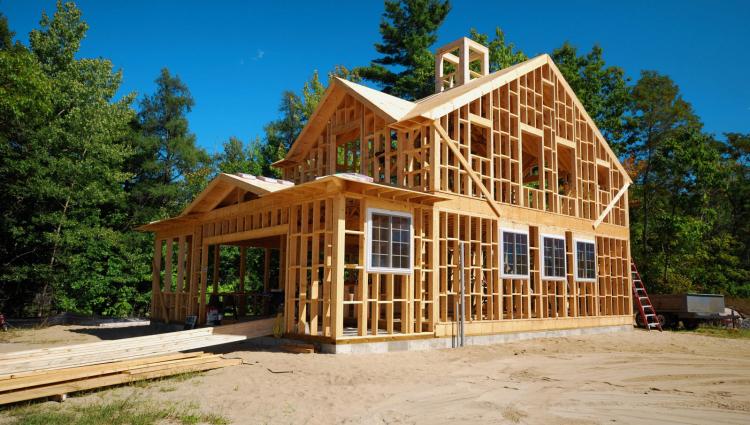It’s official. As a native New Yorker, the city I love has now evolved into the epicenter of the COVID-19 pandemic. A field hospital has been retrofitted inside the Jacob K. Javits Convention Center while emergency hospital tents are being erected in Central Park. As 8.5 million residents try to practice social distancing, sheltering in place, and self-isolation, New York City architects and designers have scattered, relocating multidisciplinary offices into their own homes.
A mere month ago, the National Association of Home Builders and the U.S. Census Bureau projected an uptick in home building for 2020, but as residential construction—and life as we know it—is on pause, Dwell asked a roster of young and established New York architects to project how the new coronavirus will reshape building, work lives, and the future of home design.
Roost Apartment Hotel by Morris Adjmi
Morris Adjmi was eager to discuss work and how his multifaceted practice has transformed overnight into a 100% virtual firm. Adjmi’s current team of 120 employees is dispersed throughout the New York metropolitan area, Philadelphia, and a small satellite office located in New Orleans, where Adjmi was born—and is staying currently.
“I think productivity has been high, but it’s hard for people to stay mentally engaged,” he says about the current emotional state of his workforce. With ongoing projects on the boards including a dormitory complex in California, Adjmi insists that video conferencing helps preserve a semblance of normalcy as the office continues to maintain a connection through private team meetings, studios, and staff gatherings.
East Side Loft by 1100 Architects
While working remotely is now routine, it will take discipline to adjust to conducting design charrettes—an intense, collaborative problem-solving process—while home alone. Juergen Riehm, cofounder and partner with David Piscuskas at 1100 Architects, says, “The outcome of this crisis may be a renewed sense of appreciation for domestic space.”
East Side Loft by 1100 Architects
Working from his New York base, Riehm adds, “In the process of being sequestered for such a long period of time, clients and designers will think anew about making environments that are comforting, efficient, and safe. Over the last few decades, with more days on airplanes, nights in hotels, and meals on the go, home for many people had become a place to drop your bags and sleep a few nights a week. If anything, this pandemic has forced a widespread consideration of domestic environments.”
“Home any people had become a place to drop your bags and sleep a few nights a week. If anything, this pandemic has forced a widespread consideration of domestic environments.”
—Juergen Riehm, architect
This pervasive hunkering down at home has resulted in New York architects focusing on a wide range of design issues stressing self-sufficiency, flexibility, sustainability, health, wellness, and hygiene—along with a renewed interest in public versus private space.
Dutch-born architect Winka Dubbeldam, founder and principal of her SoHo-based firm Archi-Tectonics, is currently working from a cottage on Eastern Long Island and projects an increase of home offices, easy-to-maintain surfaces, and the use of HEPA filters while Frederick Tang, principal of his namesake Brooklyn firm, underscores the importance of infrastructure and HVAC technologies. “Air filtration systems are often an afterthought, but I think homeowners will become experts on topics like HEPA filters and fresh air intake,” says Tang.
Condo expansion on NYC’s Upper West Side by Frederick Tang Architecture
“This crisis also underscores the importance of investing in sustainable and resilient infrastructure,” says Riehm, citing a potential increase in built-in amenities including more pantry space and storage. He also stresses a continued reliance on large-scale appliances and an intensified dependency on Internet connection.
Joel Sanders of JSA Architects predicts that the pandemic, “like 9/11, will have an enormous impact on public space because of social distancing and fear of contamination.” He foresees these concerns finding their way into the home, impacting space in more subtle ways, like the distancing of furniture arrangements and domestic footprints shifting to include “safe” rooms to isolate contagious occupants.
Both Sanders and Adjmi also forecast an increased emphasis on health and hygiene, with a compartmentalization of spaces including entries, foyers, and mudrooms, incorporating sanitation stations to wash, disinfect, and remove contaminated clothing. Adds Tang, “There will be an increased interest in commercial-grade plumbing fixtures, including foot-pedal sinks along with sensor-operated appliances like air dryers for the home.”
Tribeca Duplex by Young Projects
This attention to sanitation, however, won’t necessarily give rise to sterile-looking environments. According to Bryan Young, principal of Young Projects, “Fundamental qualities of wellness are even more meaningful for adapting to a post-coronavirus environment, incorporating natural light, natural ventilation, connection to green spaces and landscape. Architect Michael K. Chen echoes this view: “I don’t personally see the emergence of a biomedical aesthetic in the near future; rather, I think the obsession with the aesthetics of wellness, biophilia, and hearth and home will continue to predominate.”
Pre-War Park Avenue Apartment by Michael K. Chen Architects
Architects Max Worrell and Jejon Yeung, cofounders and partners at Worrell Yeung, envision designers and architects sourcing more akin to the farm-to-table movement, a strategy adopted by restaurants to support local suppliers, fabricators, and resources.
Four Corners Loft by Worrell Yeung
It’s too early to analyze how this pandemic will ultimately shape our cities and how we live, but what’s certain is that design trends will fall under close scrutiny as designers and architects re-evaluate the landscape. Case in point: “Co-living space has become a trend, especially among millennials, as a method to save money and create community,” notes director of design Barbara Reyes at Frederick Tang Architects. “Right now, this defeats social distancing. But for the future, this typology works as long as there is enough personal space that allows each person to live self-sufficiently.”
To read more on what “shelter” means in the new normal, see our growing compilation: Architects and Designers on How the Pandemic Will Change Our Homes Forever.







